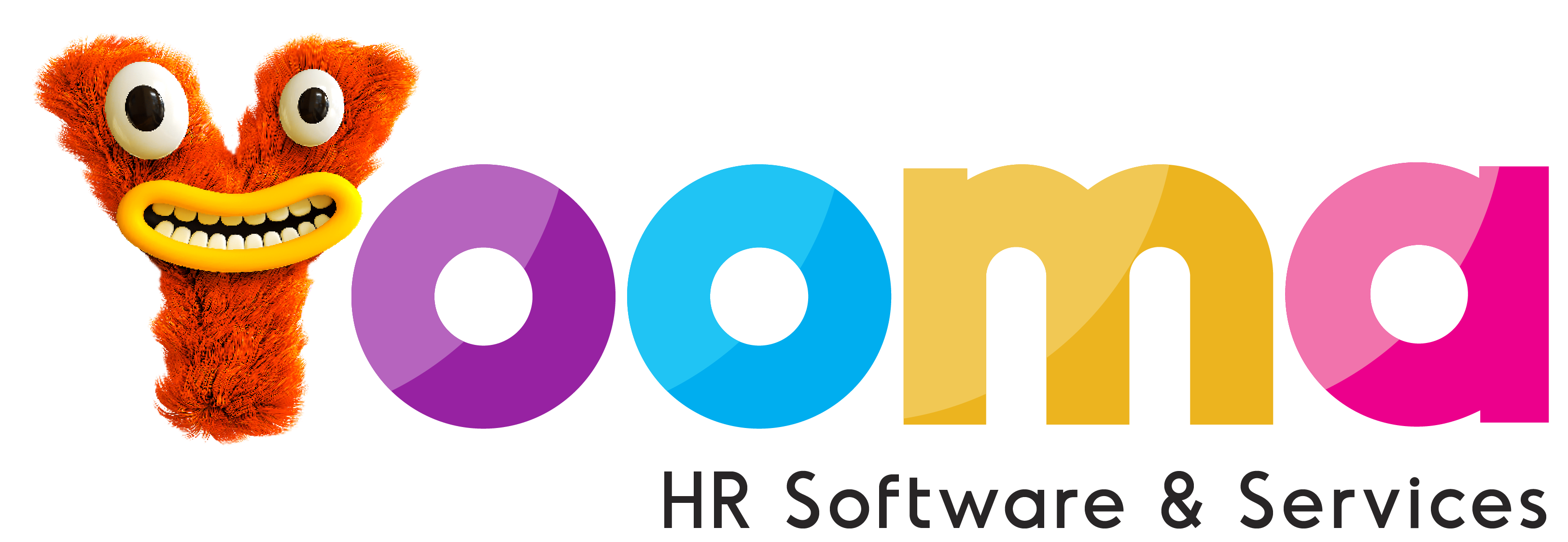Choosing the Right HR and Payroll Software: A Comprehensive Guide for Businesses
This post was written by Dylan Kohlstadt

In today’s digital era, businesses of all sizes are recognizing the importance of efficient and streamlined HR and Payroll processes. With ever more flexible work arrangements, hybrid offices, fully remote working teams, or just complex business structures, businesses are noticing the need for comprehensive and functional software solutions that help to streamline all of their HR and Payroll needs. From managing employee data, attendance tracking, payroll calculations, reporting, and compliance management, this software needs to be able to keep up with the unique and intricate nature of each individual company. Not surprisingly, with numerous options available in the market, selecting the right software can be overwhelming for a company. This comprehensive guide aims to assist businesses in making informed decisions when choosing the ideal HR and payroll software for their specific needs so they don’t end up with any regrets.
1. Determine Exactly What Your Business Needs
Not every business operates in the exact same way, which means that not every HR and Payroll software is going to suit your business exactly how it would suit another business. An important starting point for finding the right HR and Payroll solution is to ascertain exactly what problems you would like to solve using the software. Aside from the general features that can be expected from most HR and Payroll software, try to look a bit deeper into your business to identify areas where a software solution could really make a big difference. Consider the uniqueness of your team, your business processes, the structure of the business, and even the company culture. This may help you narrow down the important features you require from an HR and Payroll software and ultimately help you decide on the best one.
2. Evaluate the Core Features of the Software
A very obvious and important next step is to evaluate the core features offered by different HR and Payroll software solutions. These features may include employee data management, attendance tracking, leave management, staff management, payroll processing, tax calculations, benefits administration, reporting, compliance management, and team engagement. Prioritize the features that are essential for your business operations and ensure that the software you choose not only provides these features but does so in a better and more comprehensive way than the other platforms. Consider how all the features work together in the software, and make sure that all the important features your business needs have been clearly thought out and are comprehensive enough for you to be able to use them in the way you desire.
3. Customisation and Futureproofing
It is not enough in today’s fast-paced and always-evolving work environment that a HR software is intelligent and boasts many useful features; the real test of an HR software is its ability to be easily customised by the company using it so that the features are never limited by the software’s predefined framework. The ability to add in custom data fields, customise employee structures, create and change employee access to features based on the company structure, and in general, easily manipulate the software to fit exactly into your business’ structure and processes ensures that the software you are investing in is futureproofed for the company.
4. Check on the Scalability and Integration
As your business grows and evolves, so will your HR and Payroll requirements. It is essential to choose a software solution that is scalable and can accommodate the evolving needs of your organization. Consider the ability of the software to handle an increasing number of employees, adapt to changing compliance regulations, and integrate with other systems such as accounting software or time tracking tools. Scalability and integration capabilities will ensure that your software investment remains valuable in the long term and will withstand your evolving business.
5. User-friendliness and Training
A user-friendly interface is vital for successful adoption of HR and Payroll software within your company. Look for intuitive designs, easy navigation, and a straightforward workflow that minimizes the learning curve for your HR and finance teams. Additionally, consider the training required for all your employees to get comfortable with using the software efficiently. For South African businesses, consider the importance of implementing a HR software that can be customised to an employee’s home language, such as Afrikaans or Zulu. The ease-of-use of a software can be a determining factor in whether or not your business will really benefit from all that a HR and Payroll software solution can offer.
6. Security and Compliance
When it comes to HR and Payroll software, security and compliance are of utmost importance when considering all the sensitive and confidential information it contains, not only in regard to personnel, but also payment functionality. Employee data, financial information, and sensitive HR records need to be protected, not only from unauthorized access within the business, but also cyber-attacks from outside of the business. Ensure that the software you choose adheres to industry-standard security protocols, offers data encryption, and provides regular backups or cloud functionality. Additionally, verify that the software is compliant with relevant data protection regulations, such as GDPR or HIPAA, depending on your location and industry.
7. Pricing and Return on Investment
Consider your budget and evaluate the pricing models offered by different software vendors. Some solutions charge based on the number of employees, while others may have a tiered pricing structure, or both. Find a software solution that makes sense not only when your business is small, but also as your business grows and expands. Consider how local and international software solutions may charge differently based on foreign currency and consider the implications of this long term. It is always helpful to be able to fully explore the functionality and features of an HR and Payroll software solution before you commit to purchasing, so find out if the software you are looking at offers a free trial period where you will be able to comfortably explore it before making a long-term decision to invest in it.
8. Vendor Reputation and Support
Finally, evaluate the reputation and track record of the software vendor. Read customer reviews, seek recommendations from other businesses, and assess the vendor’s responsiveness and level of support. Look for vendors that are easily accessible, communicate well, are committed to evolving and updating their software, and take into consideration the needs and wants of their target market.
Finding the right HR and Payroll software solution can seem daunting and overwhelming at first, but when you take the time to consider all the points above, you’ll be able to easily determine if a software meets your needs and criteria. Remember, the right HR and Payroll software goes a long way in streamlining and improving all your company’s processes, so it’s worth taking the initial time and effort to find the perfect fit for your business. Once you have found the right software, you can rest assured that your business’s HR and Payroll functions are in good hands, which gives you more time and opportunity to focus on what you do best.
View our Latest Blog Posts

Mastering the Hybrid Work Model: How Yooma Streamlines Team Management

Preparing for the Future: Upskilling and Reskilling Your Workforce

What Does Staff Wellbeing Really Mean?

Unlocking Employee Potential with Yooma’s New Performance Management Module

Automate Your Way to Success: The Benefits of HR/Payroll Automation with Yooma

Navigating South Africa’s 2024 Budget Changes: The Impact on Minimum Wage and Tax Brackets

Making the Switch: Smooth Transition to a New HR and Payroll Software

Enhancing Employee Engagement Through HR and Payroll Software

Mastering Labour Law Compliance: Elevating South African Companies with HR & Payroll Software



